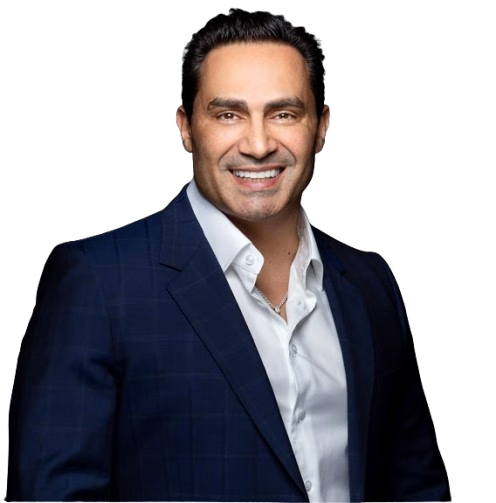Ear Reduction/ Otoplasty Sydney


DR EDDY DONA
Plastic & Reconstructive Surgeon
DR EDDY DONA
Plastic & Reconstructive Surgeon
As a meticulous practitioner, Dr Dona consistently refines his surgical skills, maintaining a steadfast commitment to delivering excellence in Plastic Surgery.
Request a callback and one of our friendly staff will give you a call and discuss the procedure with you
